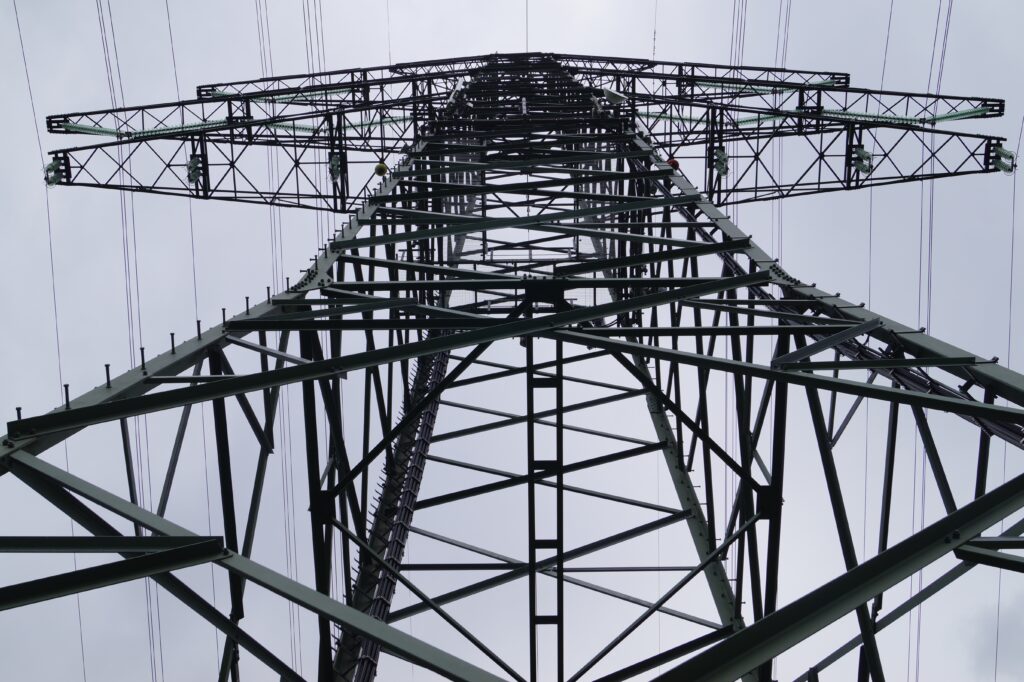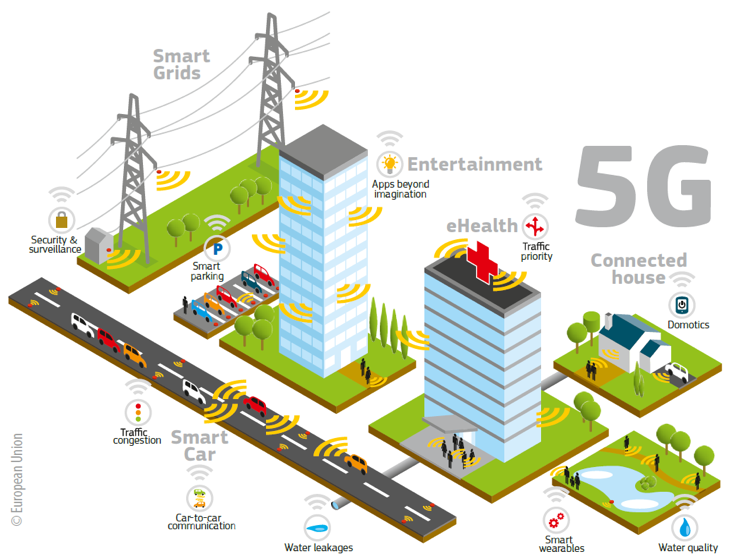
In today’s rapidly evolving digital landscape, the advent of 5G technology has taken center stage as a transformative force. With its promise of faster speeds, lower latency, and increased capacity, 5G is revolutionizing the way we connect, communicate, and experience the world. In this article, we will explore the ins and outs of 5G technology, its profound implications in the Philippines, and what the future holds as we embrace this groundbreaking innovation.
5G Technology: Speeding into the Future
At its core, 5G technology represents the fifth generation of wireless communication, succeeding 4G networks. It offers unprecedented data transfer speeds and significantly reduced latency, empowering users to access information and connect with one another at lightning-fast speeds. The implementation of 5G infrastructure promises to unlock a plethora of possibilities across industries, transforming the way we interact with technology.
Advancements and Implications in the Philippines: A Digital Leap Forward
In the Philippines, 5G’s anticipated advancements are poised to have a profound impact on various sectors. From revolutionizing industries like healthcare, transportation, and education to empowering Internet of Things (IoT) devices, the deployment of 5G is expected to usher in a new era of connectivity and digital innovation. With enhanced network capabilities, businesses can optimize operations, while consumers can indulge in immersive experiences like augmented reality and virtual reality.
Unveiling the Components of 5G Technology
In the pursuit of a connected and technologically advanced world, 5G technology stands at the forefront, promising to revolutionize the way we interact with information and each other. As we embrace this transformative innovation, it becomes imperative to delve into the intricate components that make 5G a game-changer. In this subtopic, we will explore the subtopics that unveil the building blocks of 5G technology, including the following:
- Enhanced Data Speeds and Capacity: Delve into the technical aspects of 5G’s increased data speeds and higher capacity, which enable faster downloads, smoother streaming, and improved overall network performance.
- Lower Latency: Explore how 5G’s reduced latency allows for near real-time communication, making applications like autonomous vehicles and remote surgeries a reality.
- Massive Machine-Type Communications (mMTC): Discover how 5G’s ability to handle vast numbers of connected devices simultaneously lays the foundation for a fully interconnected world of IoT devices.
- Network Slicing: Explain the concept of network slicing, which allows network operators to create virtual networks tailored to specific services, ensuring optimal performance for various applications.
How 5G Technology Works and Its Applications: Powering the Present
The functionality of 5G technology is driven by a combination of advanced hardware and software components. By utilizing higher-frequency radio waves, 5G achieves faster speeds and reduced latency. The applications of 5G are vast and diverse, ranging from immersive entertainment experiences to facilitating remote surgeries, enabling smart cities, and enhancing industrial automation. The benefits of 5G extend beyond personal convenience, transforming industries and improving overall societal efficiency.
Moreover, the key differentiator between 5G and its predecessors lies in its capability to deliver substantially higher data speeds and support more devices simultaneously. While 4G networks offer speeds averaging around 10-20 Mbps, 5G boasts speeds that can exceed 1 Gbps. Additionally, 5G’s lower latency ensures a seamless and instantaneous user experience, a notable improvement over previous generations.
Examples of 5G Technology and Companies in the Philippines
- Smart Cities: 5G is being deployed in various Philippine cities to enhance urban infrastructure, enabling smart traffic management, efficient waste management, and improved public services.
- Telemedicine: Healthcare providers are leveraging 5G’s low latency to perform real-time remote surgeries and diagnostics.
- Gaming and Entertainment: The gaming and entertainment industry in the Philippines is embracing 5G to offer lag-free, immersive experiences to users.
- IoT Devices: Companies are utilizing 5G to connect and manage vast numbers of IoT devices, transforming how industries operate.
In the Philippines, major telecommunications companies like Globe Telecom and Smart Communications are at the forefront of implementing 5G technology, rolling out services to cater to the growing demand for faster and more reliable connectivity.
The Future of 5G: Embracing the Possibilities
As 5G technology continues to expand its reach, its future is filled with boundless possibilities. The widespread adoption of 5G will foster innovation, paving the way for advancements in areas like augmented reality, virtual reality, smart cities, and autonomous vehicles. Moreover, it will strengthen global connectivity and bridge the digital divide, empowering underserved communities with improved access to information and resources.
Conclusion
In conclusion, 5G technology’s arrival in the Philippines heralds a new era of connectivity, innovation, and limitless potential. As the nation embraces this revolutionary technology, it will open doors to enhanced experiences, improved efficiency across sectors, and a future where connectivity knows no bounds. With 5G poised to redefine the way we interact with technology, the Philippines stands on the brink of a transformative digital journey, blazing a trail into a brighter, more connected tomorrow.
